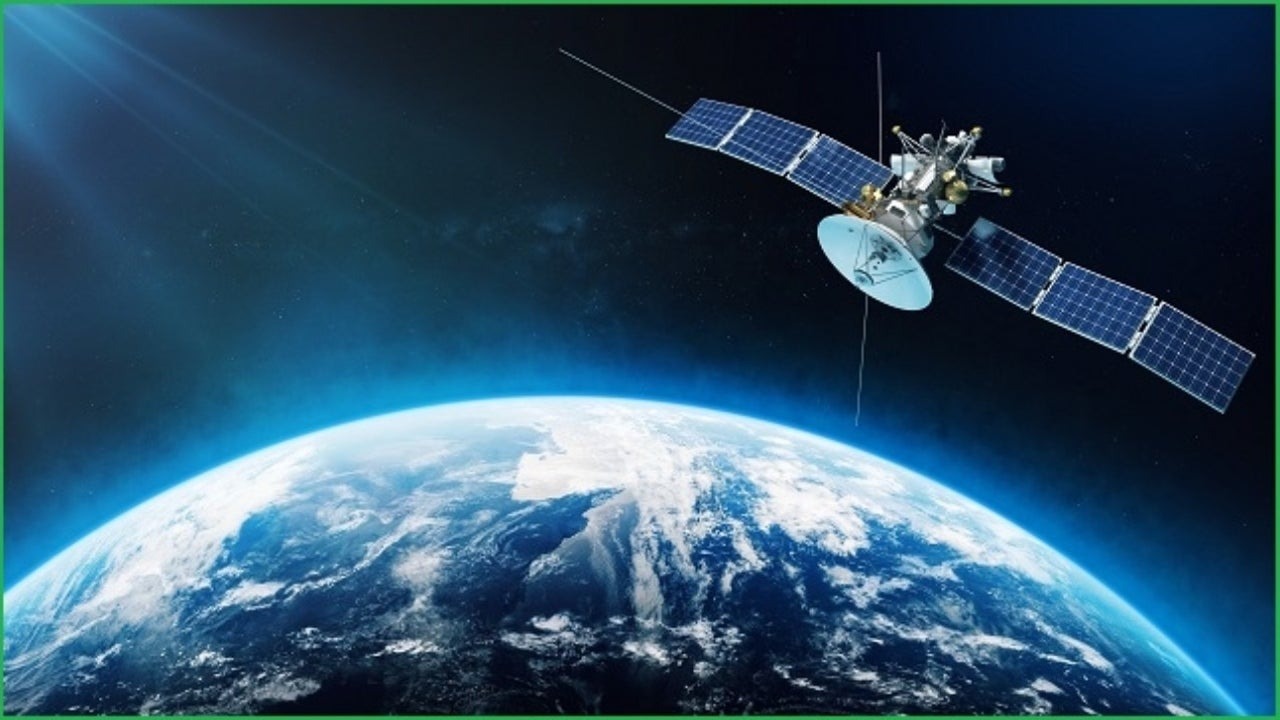The impending re-entry of the ERS-2 satellite marks the culmination of a remarkable 16-year journey in space, far exceeding its initially planned three-year mission.
Launched in 1995 as one of the European Space Agency’s (ESA) pioneering Earth-observing satellites, ERS-2 has played a pivotal role in advancing our understanding of various environmental phenomena.
Originally designed to serve the ESA for a mere three years, ERS-2 defied expectations, remaining in operation until 2011. Throughout its extended mission life, the satellite has been a workhorse, contributing essential data to over 5,000 projects. Its longevity underscores the resilience and durability of its design and technology.

The satellite’s primary mission focused on Earth observation, providing crucial insights into the dynamics of our planet. It meticulously monitored the shrinking polar ice, changes in sea levels, and fluctuations in atmospheric composition.
The data collected by ERS-2 has been instrumental in advancing scientific understanding and informing a wide range of environmental studies.
As ERS-2 approached the end of its operational life, the European Space Agency undertook a series of 66 de-orbiting maneuvers to guide the satellite towards a controlled re-entry.
This strategic approach aimed to prevent the satellite from lingering in space for over a century, minimizing the risk of contributing to the growing issue of space debris.
On Wednesday, around 10 a.m. ET, the satellite is expected to begin its natural re-entry into Earth’s atmosphere. The intense heat generated during this process is anticipated to cause the majority of the 2.5-ton satellite to disintegrate.
This intentional disintegration is a crucial aspect of responsible space management, ensuring that larger fragments do not pose a threat as they re-enter the atmosphere.

